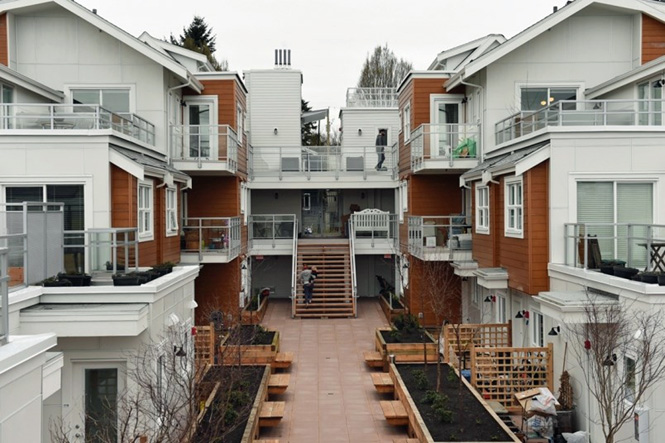When the South Eastman Transition Initiative first came into being some eleven years ago we had a booth at Summer in the City. In order to stimulate conversation we asked fair goers what they projected the price of gasoline would be in ten years time. Recall that at that time fuel prices had been going up and were nudging $1.50. Predictably there were many opinions, from a prediction that prices would be drastically higher to a prediction that prices would go down significantly and everything in between. Gasoline prices did go down, mostly because fracked oil and gas became available in a way no one had anticipated.
Today we are still faced with the same question. Implicitly we answer that question whenever we buy a car or a house. I will not discuss what is likely to happen to energy prices in this article, but let’s consider the investments we are making in our cars and homes.
Judging by the new cars I see moving off our dealer lots, most people purchasing cars are assuming the price of fuel will not change much during the time they will be driving the car they are purchasing. I see big SUVs and big pick-ups all still powered by fossil fuel. If car buyers believed that fuel prices would be going up, they would be purchasing small electric vehicles. Better yet, Steinbach residents would anticipate moving around either by walking or cycling. Steinbach residents and Steinbach city planners have assumed and seem to continue to assume that the go-to means of transportation will be the car.
Steinbach has grown around this assumption. The city is sprawling, the streets are wide, and there is much space dedicated to parking. Because the city is still relatively small, determined residents can still walk or cycle between any two points, but the layout of the city does not encourage this. If or when the price of fuel goes up, people will regret the decisions they have made.
The size of the average house in Steinbach continues to go up. Houses are not being built in a way that facilitates the capture of solar energy. I don’t have statistics on this, but it becomes obvious if one simply drives around the areas where houses are built. This is understandable in that the heating bill is not a major item on most families’ budget, so why not go for what’s convenient. And home buyers and home builders are assuming that energy prices won’t change much during the life of the house.
We could live happily and easily in much smaller dwellings. So if/when heating costs go up, what are we going to do? There are several options. We could simply go back to what we had before: smaller single family dwellings. Many of us grew up with that. But if we make the move to more efficient housing before we are forced to, we can be more creative. Here is just one example. In Vancouver twelve middle income families have come together and purchased a lot on which one bungalow has been standing. They are planning to convert that space into a co-housing project where each of the families will have their own private space, but will also have space they share with others. The project is called Tomo house – Google it.




